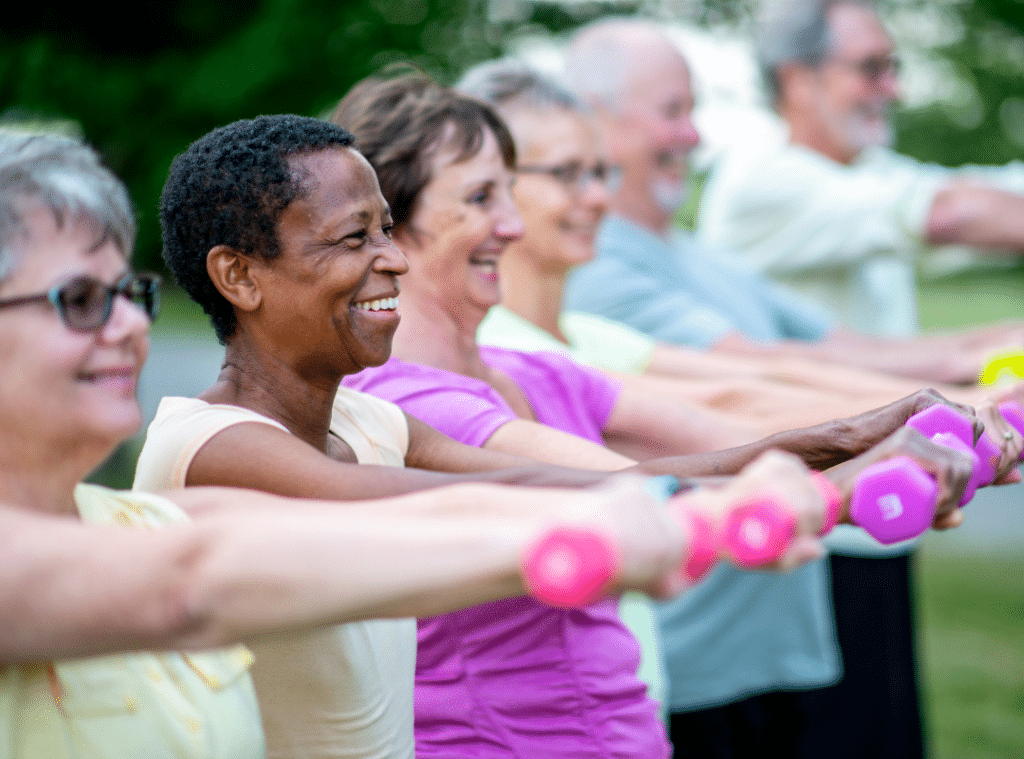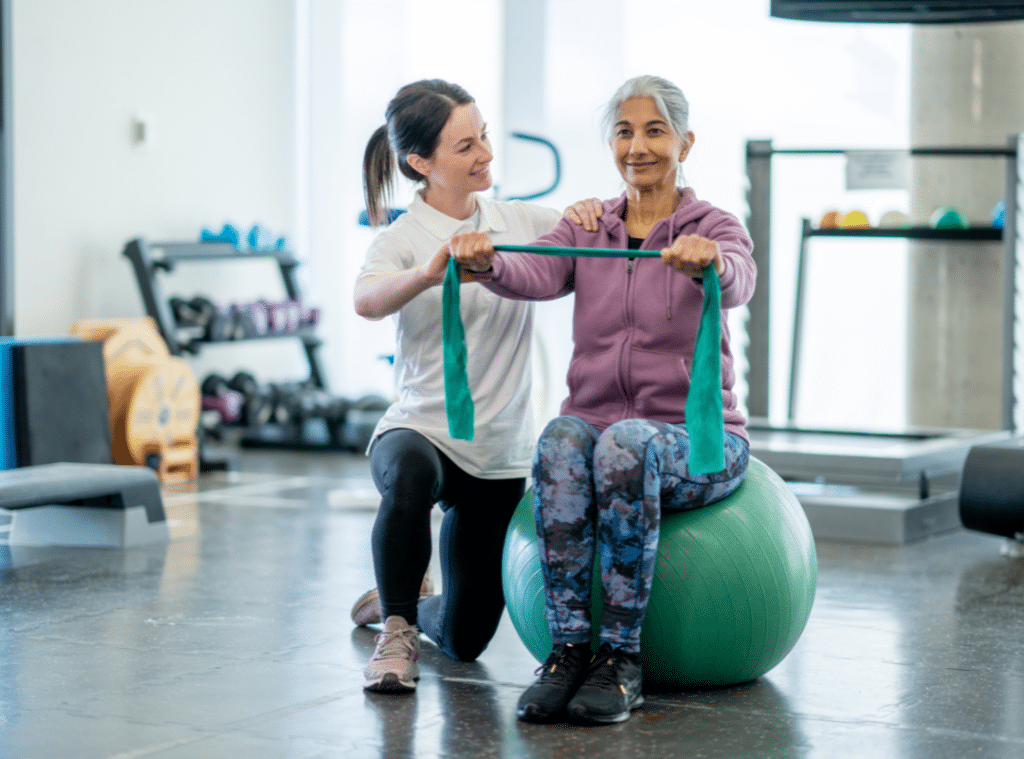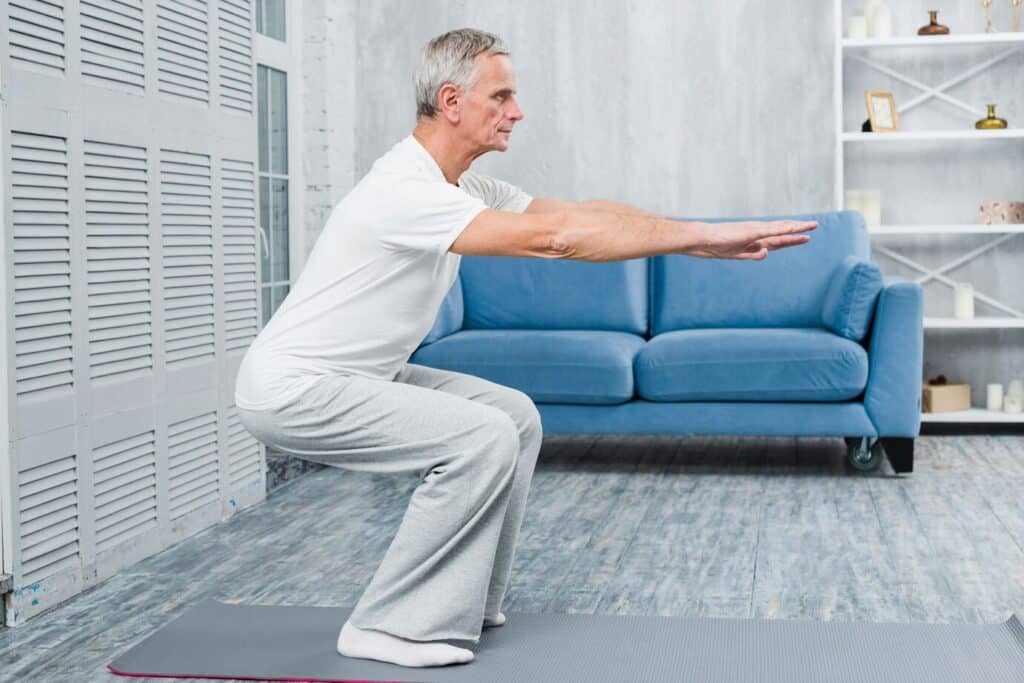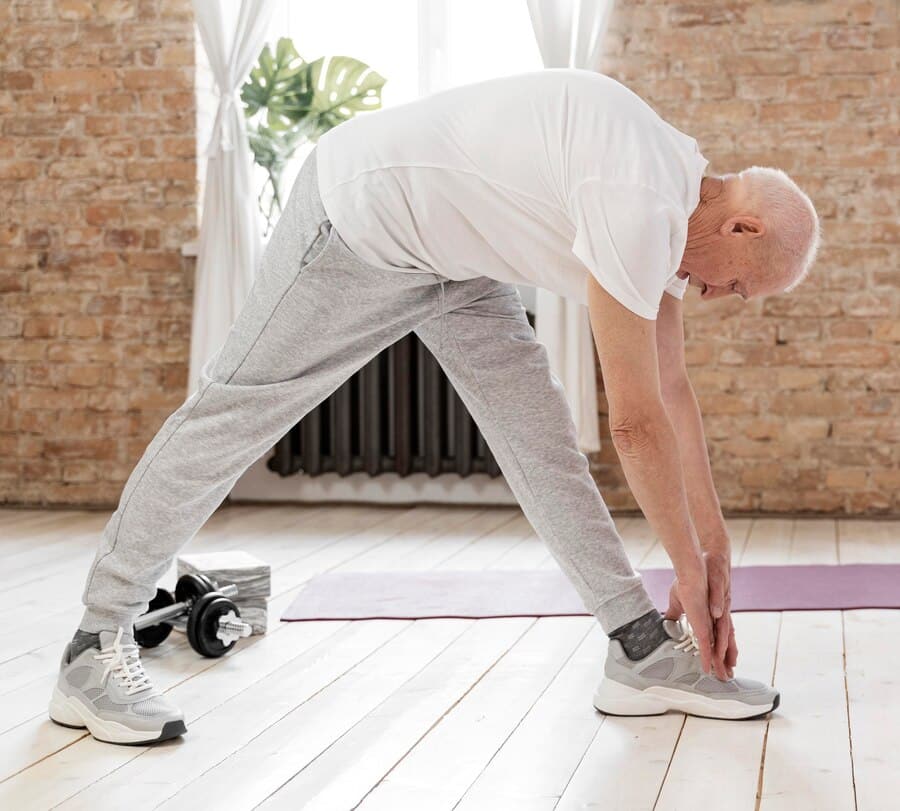Geriatric Physiotherapy Exercises for Strength and Balance
Imagine an elderly man named Frank, who once danced effortlessly at family weddings but now struggles to keep his balance while walking. Like a well-tuned instrument, your body requires specific exercises to maintain harmony and strength as you age. At Westmont of Encinitas, we believe that geriatric physiotherapy exercises can play an essential role in this process, enhancing strength and balance to prevent falls and promote independence. But what exercises truly make a difference, and how can they be safely integrated into daily life? The answers might surprise you.
Overview of Geriatric Physiotherapy
Geriatric physiotherapy focuses on helping older adults regain their strength and independence, tackling their unique physical challenges. As you engage with this significant field, you’ll discover how geriatric physiotherapy exercises play an important role in enhancing mobility and overall well-being. These exercises are specifically designed to address the needs of older adults, helping them improve muscle strength, balance, and coordination.
In your practice, you’ll often encounter clients who struggle with daily activities due to decreased activity levels or recovery from illness and surgery. Geriatric physiotherapy aims to restore physical abilities and reduce the risk of falls—a significant concern for older individuals. You’ll empower clients to move confidently and maintain their independence through tailored exercise programs. Additionally, incorporating mindfulness techniques can enhance the mental well-being of older adults during their recovery process.
Furthermore, these exercises foster social interaction and mental well-being, which are essential components of healthy aging. Focusing on functional movements and strength training will equip older adults with the tools they need to navigate their daily lives with greater ease.
Ultimately, your efforts in geriatric physiotherapy will profoundly impact their quality of life, making a lasting difference in their journey toward health and independence.
Key Conditions Addressed
Older adults often face various health conditions that can greatly impact their mobility and quality of life. Conditions like osteoarthritis, stroke, and Parkinson’s disease can hinder movement and coordination, making it challenging to engage in daily activities.
Geriatric physiotherapy addresses these issues through tailored exercises to improve the balance seniors need.
For instance, if you’re working with an older adult recovering from a stroke, your focus may be on regaining strength and function to enhance their independence. Similarly, those managing chronic pain can benefit from specific exercises designed to reduce discomfort and increase overall function.
Additionally, post-surgical recovery is essential; targeted exercises can effectively restore strength. By addressing these key conditions, you’re not just helping improve physical health but also promoting emotional well-being in your clients. Implementing squat exercises can significantly enhance strength and stability, which are crucial for maintaining balance.
Encouraging participation in balance training exercises is important for fall prevention, giving seniors the confidence they need to navigate their surroundings safely.
Ultimately, recognizing and addressing these conditions through appropriate exercises can greatly enhance the quality of life for older adults, empowering them to maintain their independence and enjoy daily activities.

Effective Exercise Types
Incorporating a variety of effective exercise types is key for seniors to enhance mobility and stability.
You’ll want to focus on strength training, which builds muscle and bone density, ensuring better support for daily activities. Flexibility exercises improve your range of motion, making movements easier and more graceful. Aerobic activities, like walking or cycling, boost cardiovascular health, which is essential for overall well-being.
Balance training is critical in preventing falls. These fall prevention exercises, such as standing on one leg or heel-to-toe walks, enhance stability and coordination. Functional exercises simulate daily tasks, helping seniors maintain independence and confidence in their movements. Chair workouts for seniors can also provide a safe and adaptable way to engage in these exercises.
Light weights, resistance bands, or even body weights can make these exercises safe and effective without overwhelming the joints.
Each exercise contributes uniquely to your overall fitness, addressing the specific challenges you or your loved ones may face. By incorporating a mix of these effective exercise types, you reduce the risk of falls and promote a healthier, more active lifestyle.
Recommended Activity Levels
Maintaining a regular activity level is essential for seniors to enhance their overall health and prevent deconditioning. Aim for at least 150 minutes of moderate-intensity exercise each week to achieve this. This includes activities like walking, swimming, or dancing—whatever feels enjoyable.
Additionally, incorporate strength training and flexibility exercises at least twice a week.
Focusing on elderly balance exercises is particularly important, as these help prevent falls and improve stability. You might consider activities like tai chi or gentle yoga, which boost balance and promote relaxation and mental well-being. Engaging in health and wellness programs can also support your physical activity goals.
Remember, it’s important to tailor these activities to your capabilities and goals. Start with what you’re comfortable with and gradually increase intensity or duration as you build strength and confidence.
Engaging in these exercises enhances physical health and fosters social connections, as you might join classes or groups with others in your community.
Always listen to your body and adjust your routine if needed. Every step you take toward maintaining an active lifestyle contributes to your independence and quality of life.
Ensuring Safety in Therapy
Ensuring safety during geriatric physical therapy prevents injuries and promotes effective rehabilitation. As you guide older adults through exercises to improve balance, start with thoroughly assessing their fitness levels. This helps identify potential risks and tailor the program to their needs.
Always supervise therapy sessions, especially when introducing new exercises. Gradually increase intensity and complexity to avoid overwhelming them. Encourage using assistive devices like walkers or handrails when necessary, ensuring they feel secure while performing exercises.
Open communication is essential. Encourage them to express any discomfort or pain during sessions, allowing you to adjust activities accordingly. Incorporate exercises to improve balance, focusing on stability and coordination, which are key to preventing falls.
Additionally, a supportive environment should be created by keeping the exercise area clear of obstacles and using non-slip mats. Educating caregivers about safety practices further enhances the therapy experience.
Incorporating geriatric physiotherapy exercises into your routine can considerably enhance your strength and balance, helping you maintain independence. Remember, “an ounce of prevention is worth a pound of cure.” By staying active and engaging in tailored exercises, you’ll reduce your risk of falls and improve your overall quality of life. Prioritizing your health today can lead to a brighter, more mobile tomorrow. Stay committed, and you’ll reap the benefits for years to come. For more information on exercises and support, contact Westmont of Encinitas at 760-452-6037.
How Do The Costs Of Moving Into A Quality Senior Care Community Compare With The Costs Of Staying At Home?Compare The Costs of Senior Living vs Staying at Home
Frequently Asked Questions on Geriatric Physiotherapy and Senior Health
What is geriatric physiotherapy?
Geriatric physiotherapy is a specialized branch of physical therapy focused on improving mobility, strength, and quality of life for older adults. It addresses age-related conditions like arthritis, osteoporosis, balance issues, and recovery from surgeries, helping seniors maintain independence.
What is the number one exercise for seniors?
Walking is often considered the best exercise for seniors due to its simplicity and low impact on joints. It promotes cardiovascular health, strengthens muscles, and enhances mental well-being when done regularly.
What is the number one exercise to increase balance in seniors?
The single-leg stand is highly effective for improving balance in seniors. By practicing standing on one leg for 10-15 seconds at a time, helps strengthen stabilizing muscles and reduces the risk of falls.
How do I motivate my 80-year-old to do PT?
To motivate an 80-year-old to participate in physical therapy, emphasize how it can improve their daily life, such as walking with ease or reducing pain. Make it enjoyable by choosing activities they like, and celebrate small achievements to keep them encouraged.
How do I become a geriatric physical therapist?
To become a geriatric physical therapist, earn a Doctor of Physical Therapy (DPT) degree and pass the licensing exam. Pursue additional certification in geriatric physical therapy through the American Board of Physical Therapy Specialties to deepen your expertise.








